Imagine, you’re finally home after a long day of back to back classes and all you wanna do is warm up some leftovers. The easiest thing to do is to throw everything in the microwave and try and contain your hunger for another minute or so. Finally, you hear those beautiful beeping noises and you open the microwave door to a steaming hot plate. Everything looks like it’s nice and heated. Perfectly positioned on the couch with Netflix on the go, you take your first bite. However, the moment is quickly ruined. Your food is cold.
This is something we all know too well and there is seriously nothing worse than having to eat that plate of cold food. We do it anyway because there is nothing prying us away from that plate when it’s in the comfort of our hands. But wouldn’t it be amazing if we could live in a world where food heated in the microwave would actually heat up evenly? Well, lucky for you there are six tips that can make your life easier.
1. Cover your food
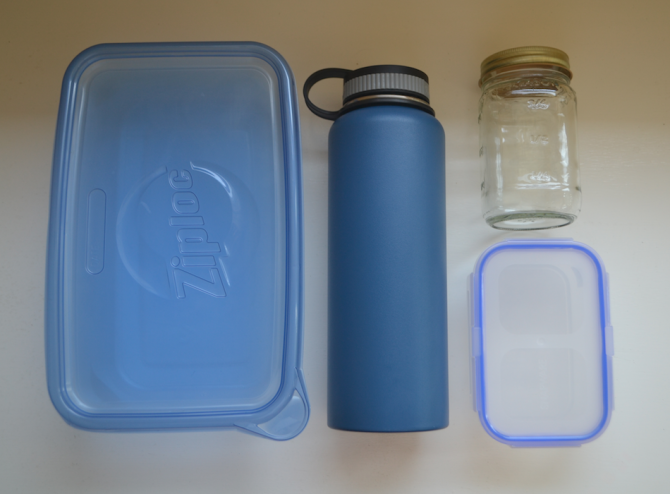
Photo by Molly Silverman
Start off by actually placing a lid or plastic wrap over the food you’re planning to heat up. You obviously wanna make sure that they are microwave safe, but the point is that the cover will retain the moisture in the food, allowing it to heat up more evenly. Just remember to leave a tiny gap uncovered where the steam can escape.
2. Make a hole in the middle
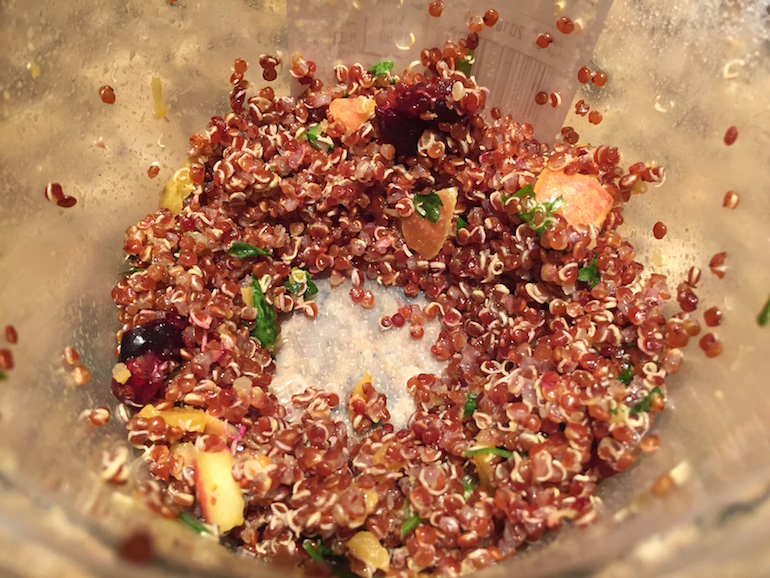
Photo by Jordana Colomby
This may sound strange, but most people tend to place the majority of their food in the middle of the plate resulting in the heat not being able to reach it well enough. Making a slight gap in the middle of the plate and distributing the rest of the food equally around the edges will mean less volume and a greater surface area.
3. Add some water
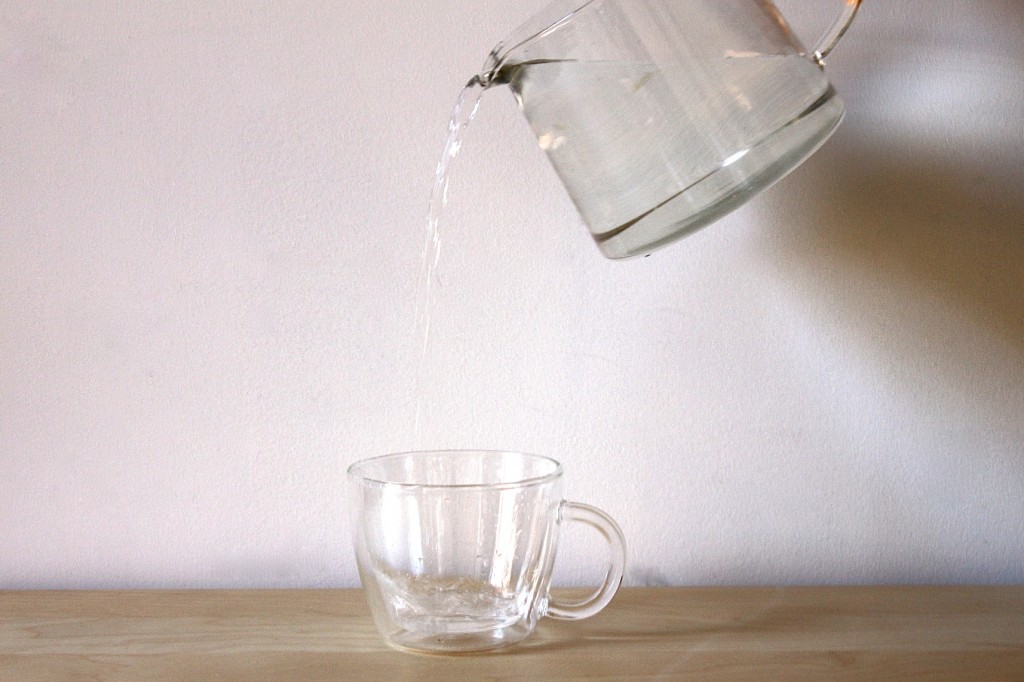
Photo by Delissa Handoko
It’s safe to say we’ve all experienced how dry food can be when it comes out of the microwave. Placing a cup of water in there as well will absorb any unnecessary microwave radiation that might overcook your food, plus it will release steam and stop your food from getting overly dry.
4. Cover it up with a wet paper towel

Photo by Kristine Auble
Kind of similar to the idea above, but covering your food with a damp paper towel will lock in the moisture and heat, resulting in a much fresher taste as well.
5. Heat up your food in intervals
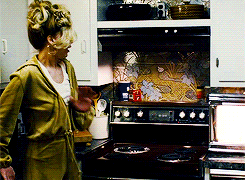
Gif courtesy of giphy.com
Although you might be used to heating everything up for a couple of minutes at a time, instead try heating the food up in one-minute intervals, mixing everything together, and then doing another minute. This way, you are better able to ensure the food does not overcook, and you’ll be evening out the distribution of the heat to make sure it doesn’t just focus in on the most concentrated areas.
6. Don’t place the plate in the middle
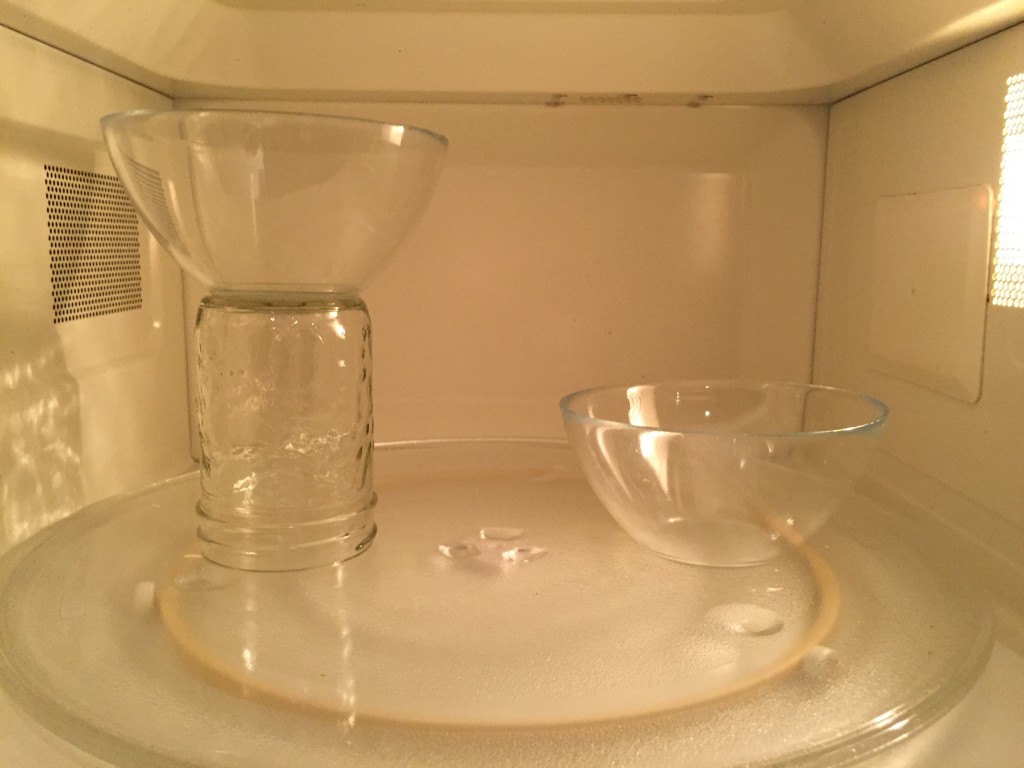
Photo by Jordana Colomby
Most microwaves tend to have hot and cold spots, which means that although your food is rotating it isn’t getting access to these different spots. Placing the food around the edge means that it’ll have a better chance of moving throughout these spots more equally. To find out where exactly these hot spots are located in your own microwave, all you need is this one simple Life Hacker marshmallow trick.


